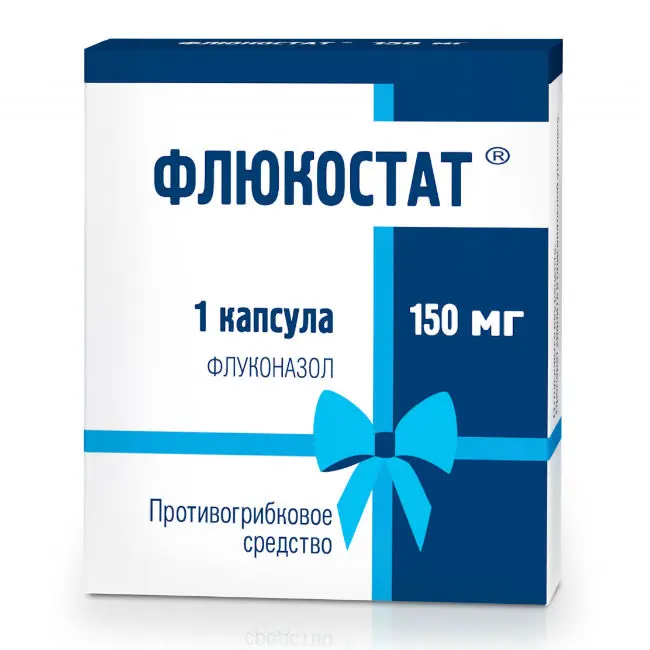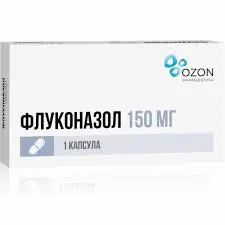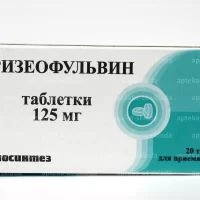Description
Fluconazole (Flucostat) Pharmacodynamics
Fluconazole, a member of the triazole antifungal class, is a selective inhibitor of sterol synthesis in the fungal cell.
Fluconazole has demonstrated activity in vitro and in clinical studies against most of the following microorganisms: Candida albicans, Candida glabrata (many strains are moderately sensitive), Candida parapsilosis, Candida tropicalis, Cryptococcus neoformans.
In vitro activity of fluconazole against the following microorganisms has been shown, but its clinical significance is not known: Candida dubliniensis, Candida guilliermondii, Candida kefyr, Candida lusitaniae.
Indications .
Treatment of acute vaginal candidiasis when local therapy is not applicable.
Contraindications
– Simultaneous use of terfenadine (during multiple therapy with fluconazole at a dose of 400 mg/day or more);
– Hypersensitivity to fluconazole and other components of the drug or similar azole compounds;
– Childhood age under 18 years;
– Lactation period ;
– Concomitant use with drugs that prolong the QT interval and are metabolized by CYP3A4 isoenzyme, such as cisapride, astemizole, erythromycin, pimozide, quinidine and amiodarone;
– Galactose intolerance, lactase deficiency, glucose-galactose malabsorption.
Dosage and administration
- Oral administration. The capsules are swallowed whole.
- In case of acute vaginal candidiasis, the drug is used once orally in dose of 150 mg.
- Administration in elderly people
- It is necessary to stick to the usual dosage regimen of Fluconazole (Flucostat) in elderly patients in absence of renal dysfunction.
- Administration in patients with renal insufficiency
- Dosage adjustment is not required in case of single use.





